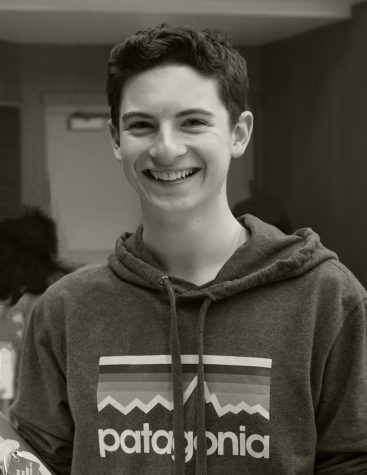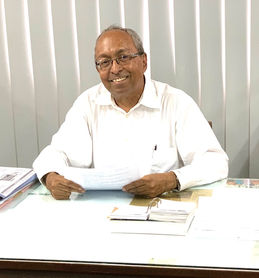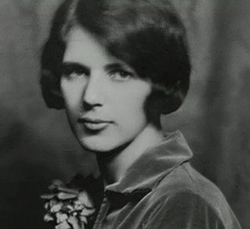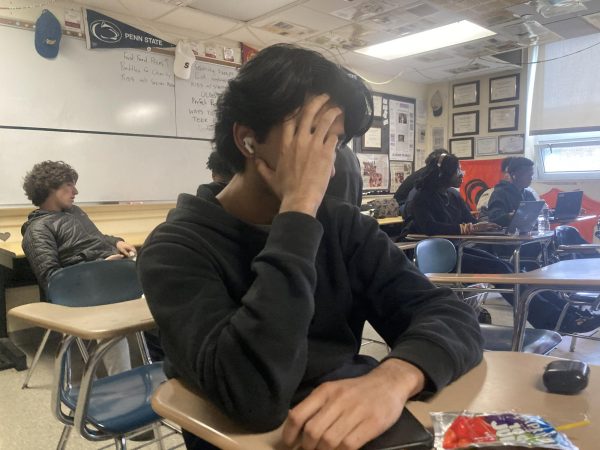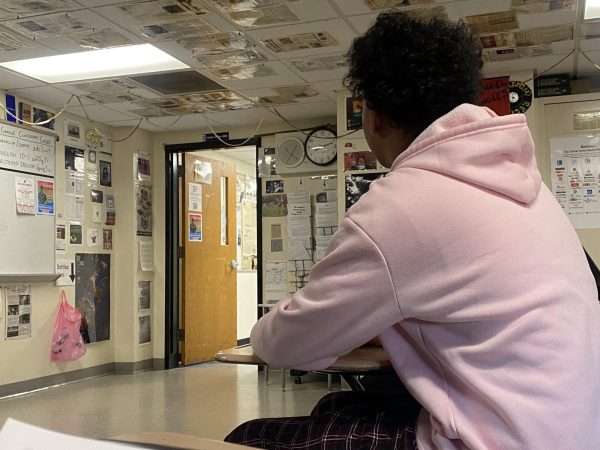SHS Goes to Space
A Closer Look at the Student Spaceflight Experiment Project
December 4, 2018
The trip of 13 Stamford High students to Washington D.C. occurred all the way back in June with one goal in mind: their science experiment for NASA. Here is a little recap for those who have forgotten or those who are new to the program that was offered to students here by NASA last year. The Mission 12 Student Spaceflight Experiment Program offered an opportunity to create an experiment that would eventually go into space.
NASA did have very strict guidelines to follow: the experiment had to be fit into a small tube that the astronauts had to shake for a couple of seconds at most. Coming up with an experiment that would both fit the requirements and stun NASA was an enormous task, but those 13 students persevered, producing three different experiments: the cultivation of yeast in microgravity, the effectiveness of acetazolamide on carbonic anhydrase in microgravity (trying to find a way to retain the flow of cerebrospinal fluids to the brain by using an enzyme), and the effects of microgravity on a genetic variation of Sordaria fimicola—the experiment of the three that was sent into space.
The first step of the process was developing the experiment, filing paperwork on their experiments, and ordering materials. This process was difficult, especially developing the experiment with the strict restrictions. Lalith Goli, a student taking part in the program, stated that it was “days before the deadlines my group came up with an amazing idea. We stayed up hours after hours and went to the library to work on the lab report.” But they were not alone in their efforts. Not only did they have their advisor, science teacher Susan Dougherty, but NASA helped throughout the process. Matthew Dattolo, another student, stated that “NASA’s input along the way not only helped us improve our experiment, but it gave us insight into how real science is done by real scientists, and it is surprisingly interesting.”
After they developed the rationale and science behind each experiment, they presented their work in front of a large crowd at the University of Bridgeport in March. From May to early June, the team finally received the materials they needed to begin preparing the Sordaria fimicola experiment to be sent into space aboard the International Space Station. Finally, in late June, all three groups made a trip by train to the National Air and Space Museum in Washington D.C. to watch the experiment get launched into space.
At the museum, the students had to present all three experiments in front of a much larger crowd. Some students were definitely nervous to present in front of NASA employees, scientists, and others that were involved in the program. Student Patrick Zaleski said, “Presenting was incredibly spooky. There were incredibly bright lights on the stage, we were in front of a large crowd, and it was being recorded for YouTube.” The Stamford High students still exceeded expectations in their presentations and all they had to do afterward was listen to and observe other presentations and watch the launch of the payload live.
Once they returned, the students were eager to receive their experiment back from the space station. Once their test tubes finally arrived, they could hardly contain their excitement. Goli said that “Getting the experiment back from the ISS (International Space Station) was so cool. We all got to touch it and look at something that had been aboard a spaceship and the ISS and experimented on by astronauts.”
It was definitely a surreal experience for them to see their experiment that they spent countless days working on coming back from the space station, and they all said they thoroughly enjoyed the experience. But the program was far from over. The students still have to thoroughly analyze their experiment, but it was articulated that their goal was to get their work published. A lofty goal indeed, but with the problems and difficulties they have already overcome, they can definitely shoot for the stars and achieve it.



